Free Shipping On Orders Over $25
We’re having a quick sale on ALL our products. Enter your email below to receive a notification about future sales.


We’re having a quick sale on ALL our products. Enter your email below to receive a notification about future sales.

We have FREE shipping on orders over $25. PLUS, our sale on our already low prices. We will not share or sell your email address. Many of our products have Lifetime Warranties… which includes most of our stun guns. Give us a chance to earn your trust and ask any questions about protecting you, your family, and all that you hold dear. Please take advantage of our low sale prices.
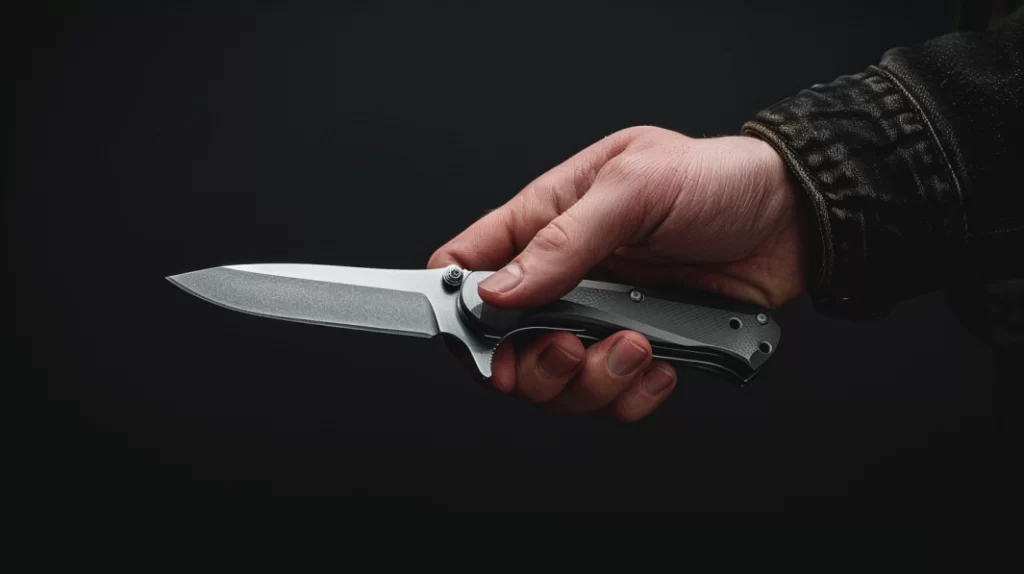
Are you ready to protect yourself in any situation? Learn about the best self-defense knives to enhance your security. This guide will help you choose the right blade and master essential self-defense tactics. By understanding these tools and techniques, you can navigate the world safely. Empower yourself with the knowledge and skills needed for self-protection.
Understanding the importance of these knives is essential for your safety and readiness in different situations. Self-defense knives offer a practical solution when firearms are not an option. They serve as a reliable tool for personal protection, especially in emergencies that require quick action. By gaining knowledge about self-defense knives, you can improve your decision-making skills and be better prepared for unexpected events.
Self-defense knives are essential tools for protecting yourself effectively. When selecting a self-defense knife, choosing a reputable brand and model is crucial to ensure reliability and quality. By understanding how to use this tool efficiently and responsibly, you can maximize its effectiveness in enhancing your safety and security. Knowing the laws and regulations regarding self-defense knives in your area is important to ensure you use them within legal boundaries. A well-chosen knife can be a valuable asset in safeguarding yourself and those around you, so make sure to familiarize yourself with its features and purpose to make the most of this self-protection tool.
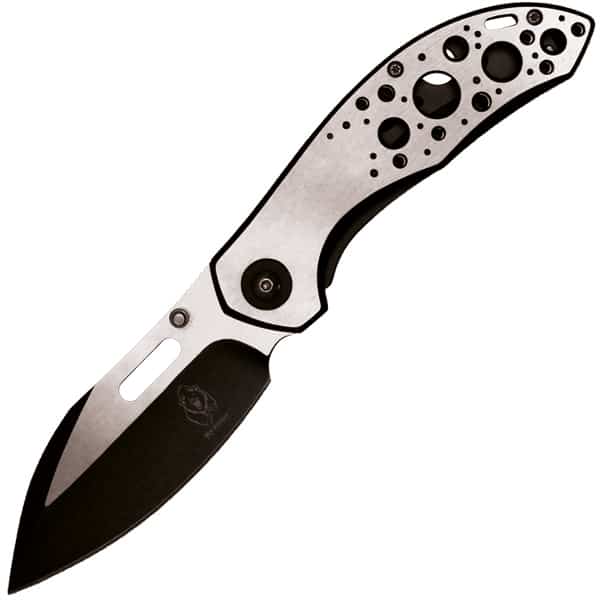
When choosing a self-defense knife, it’s crucial to carefully consider the blade material to find a balance between sharpness, durability, and corrosion resistance. Additionally, prioritize handle ergonomics to ensure a secure grip, comfortable handling during extended use, and easy maneuvering in critical situations. Knowing legal restrictions regarding blade length and shape is important to avoid any potential issues when carrying your knife. By paying attention to these factors, you can equip yourself with a reliable and effective tool for personal protection.
When selecting the best self-defense knife, consider the available blade material options to ensure optimal performance in various situations. Here are some key blade material options to consider for your folding knife:
Self-defense knives offer various designs and colors to choose from. One popular option is the OTF (Out-The-Front) knife, which features a switch that springs out the blade instantly. The OTF knife is great for quick access in situations where self-defense or a useful tool is needed. Another type is disguised knives, designed to blend with everyday items like pens, combs, brushes, and cards in your wallet, providing a hidden yet strong defense when needed. Additionally, throwing knives come in diverse sizes, shapes, colors, and quantities, offering a range of options for competitive sports or recreational use. These knives cater to different needs and preferences, ensuring something for everyone.
Ensure compliance with local knife laws and regulations before selecting a self-defense knife to carry to avoid legal complications and ensure responsible ownership. When it comes to carrying folding knives for self-defense, here are some key legal considerations to keep in mind:
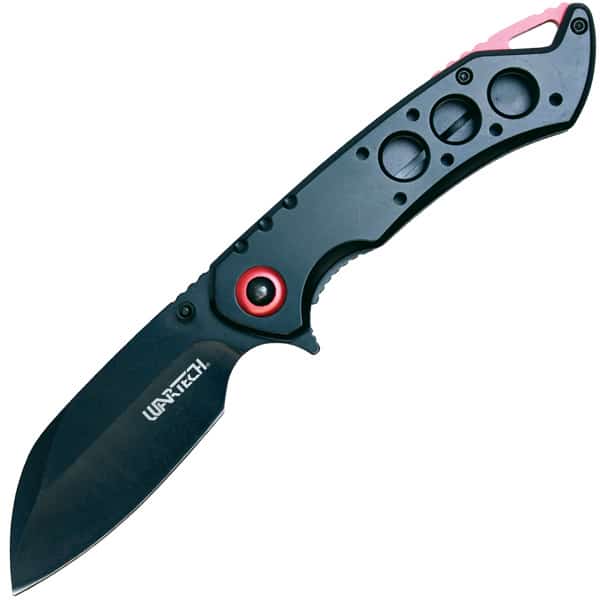
To defend yourself effectively with a knife, you need to learn key techniques such as how to hold the knife correctly, maintain a firm stance, and target vulnerable areas on your opponent. These skills are essential for staying safe in dangerous situations and responding to threats quickly and efficiently. Practicing these basics regularly will improve your ability to defend yourself effectively.
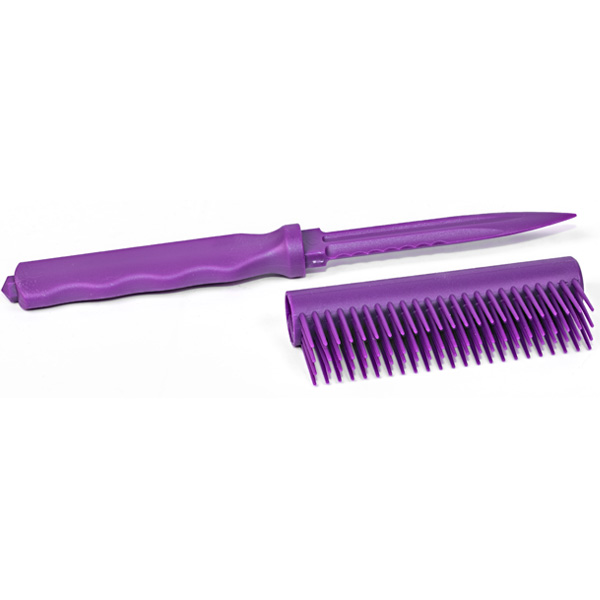
When shifting focus to Defensive Stance Basics in self-defense, mastering proper body positioning becomes a fundamental aspect of enhancing your defensive capabilities. Position your body sideways to present a smaller target to the attacker to create a solid defensive stance. Distribute your weight evenly on both legs, keeping your non-dominant hand up to protect vital areas. Flex your knees slightly and stay light on your feet for quick movements and better reaction times. Regular practice of defensive stances improves muscle memory and readiness to react effectively. Below is a visual representation to help you understand the critical elements of a defensive posture:
| Key Elements | Description |
| Body Positioning | Sideways stance to minimize target area |
| Weight Distribution | Evenly balanced for stability |
| Hand Placement | Non-dominant hand protecting face and throat |
| Knee Flexibility | Slight flex for quick movements |
Position yourself strategically in a self-defense scenario by targeting vulnerable areas for quick and effective incapacitation of attackers. When facing a threat, remember these critical areas to strike:
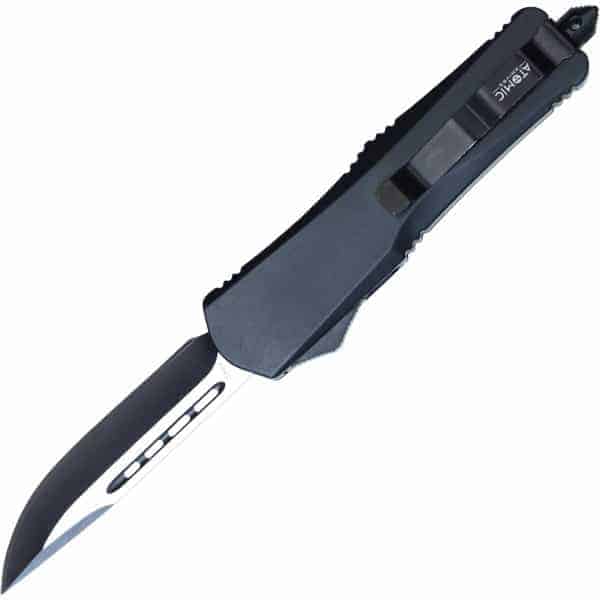
When it comes to self-defense, the best knife blade type depends on various factors like blade material, shape, and intended use. Blade material plays a crucial role in determining the effectiveness of a knife in combat scenarios. Consider the blade material’s durability, sharpness, and corrosion resistance when selecting the best option for self-defense. Your safety and ability to defend yourself depend on choosing the right blade material for the job.
When it comes to combat effectiveness, the best knife for fighting should be comfortable to handle, able to withstand pressure, cost-effective, legally permissible, and versatile in various scenarios. Finding a knife that meets all these criteria is crucial for self-defense. Make sure you choose a blade that feels right in your hand and has the strength and features necessary to protect yourself effectively in different situations.
Variety Products
1867 Caravan Trail #105
Jacksonville, FL 32216
Call us toll free: (800) 859-5566

Your 15% Discount Code